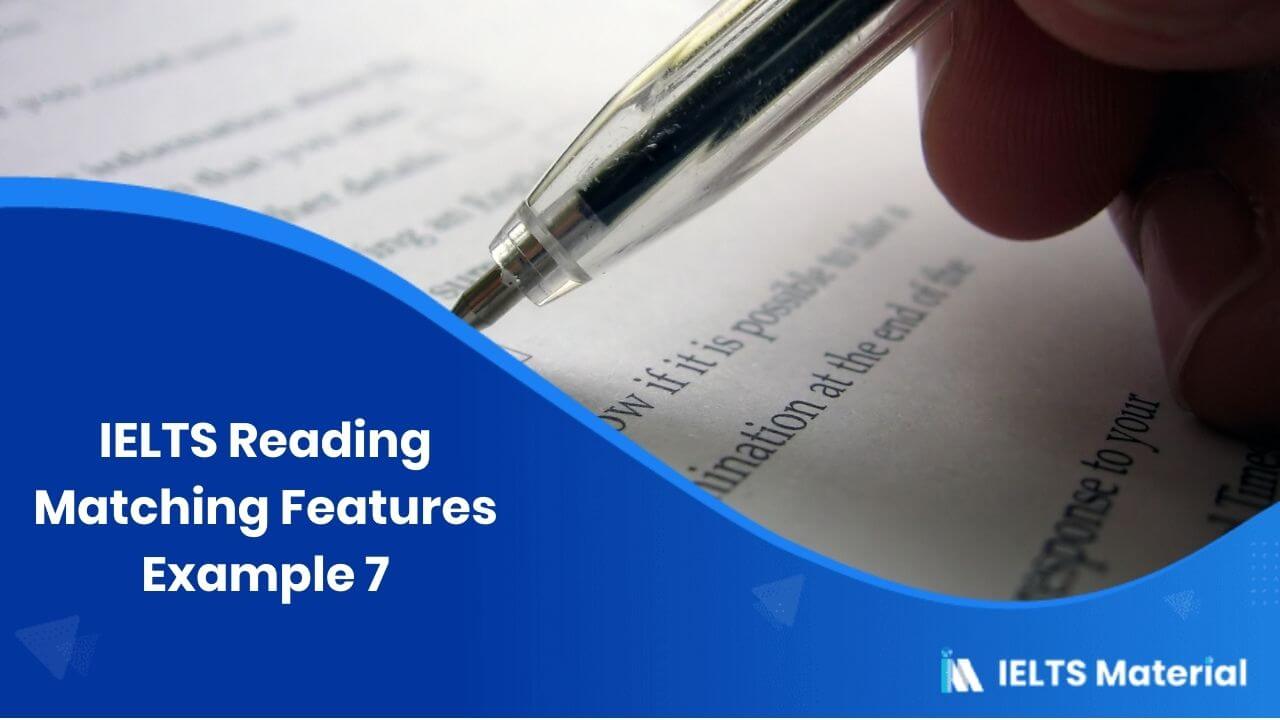IELTS Reading Matching Features Example 7
Table of Contents

Limited-Time Offer : Access a FREE 10-Day IELTS Study Plan!
Children’s LiteratureA. By the middle of the 18th century there were enough eager child readers, and enough parents glad to cater to this interest, for publishers to specialize in children’s books whose first aim was pleasure rather than education or morality. In Britain, a London merchant named Thomas Boreham produced Cajanus, The Swedish Giant in 1742, while the more famous John Newbery published A Little Pretty Pocket Book in 1744. Its contents – rhymes, stories, children’s games plus a free gift (‘A ball and a pincushion’)——in many ways anticipated the similar lucky-dip contents of children’s annuals this century. It is a tribute to Newbery’s flair that he hit upon a winning formula quite so quickly, to be pirated almost immediately in America. Such pleasing levity was not to last. Influenced by Rousseau, whose Emile(1762) decreed that all books for children save Robinson Crusoe were a dangerous diversion, contemporary critics saw to it that children’s literature should be instructive and uplifting. Prominent among such voices was Mrs. Sarah Trimmer, whose magazine The Guardian of Education (1802) carried the first regular reviews of children’s books. It was she who condemned fairy-tales for their violence and general absurdity; her own stories, Fabulous Histories (1786) described talking animals who were always models of sense and decorum. B. So the moral story for children was always threatened from within, given the way children have of drawing out entertainment from the sternest moralist. But the greatest blow to the improving children’s book was to come from an unlikely source indeed: early 19th century interest in folklore. Both nursery rhymes, selected by James Orchard Halliwell for a folklore society in 1842, and collection of fairy-stories by the scholarly Grimm brothers, swiftly translated into English in 1823,soon rocket to popularity with the young, quickly leading to new editions, each one more child-centered than the last. From now on younger children could expect stories written for their particular interest and with the needs of their own limited experience of life kept well to the fore. |
Questions 1-3
Look at the following people and the list of statements below.
Match each person with the correct statement.
Write the correct letter A-E in boxes 1-3 on your answer sheet.
People
- Thomas Boreham
- Mrs. Sarah trimmer
- Grimm Brothers
| List of statements
A Wrote criticisms of children’s literature B Used animals to demonstrate the absurdity of fairy tales C Was not a writer originally D Translated a book into English E Didn’t write in the English language |
Answers
|
Explanation
Unlock Explanation
| For the first question, the answer is in the first para, third line; “a London merchant named Thomas Boreham produced Cajanus, The Swedish Giant in 1742”
The second answer is in the first para, twelfth line; “Mrs. Sarah Trimmer, whose magazine The Guardian of Education (1802) carried the first regular reviews of children’s books.” For the third question, the answer is in the second para, fifth line; “fairy-stories by the scholarly Grimm brothers, swiftly translated into English in 1823” |
Also check:
Practice IELTS Reading based on question types

Start Preparing for IELTS: Get Your 10-Day Study Plan Today!
Recent Articles

Nehasri Ravishenbagam

Haniya Yashfeen

Haniya Yashfeen

Haniya Yashfeen




Post your Comments